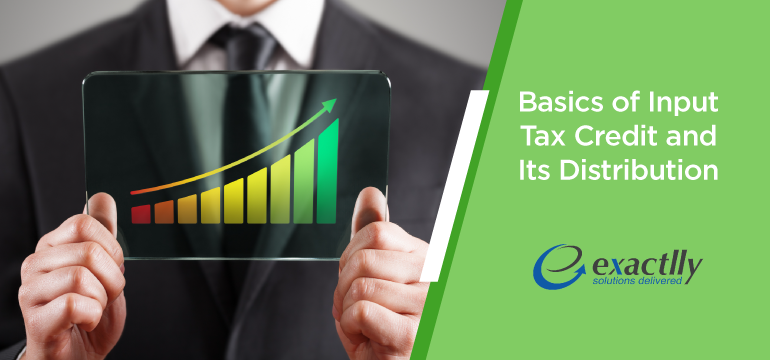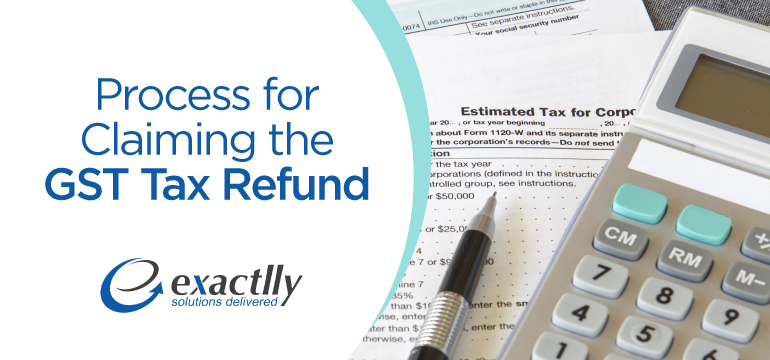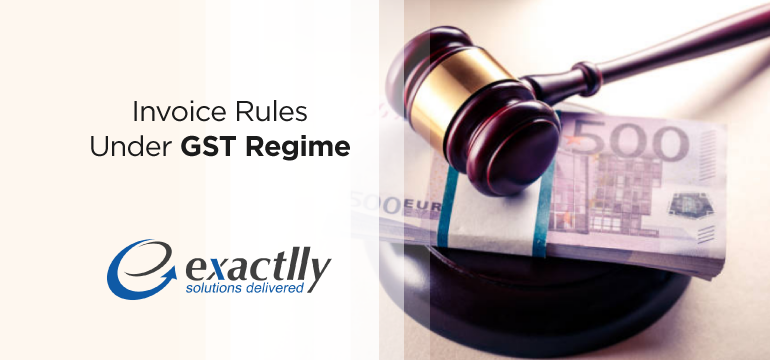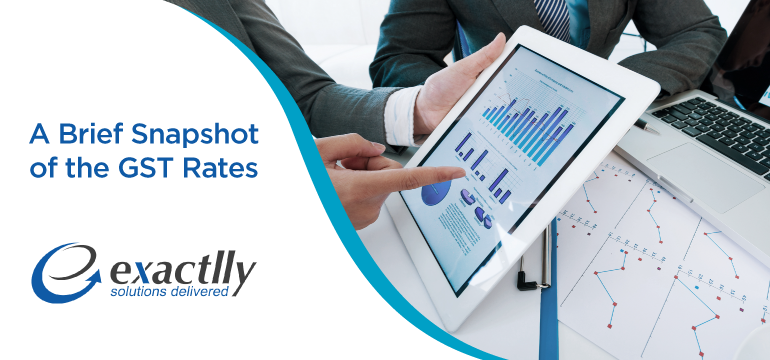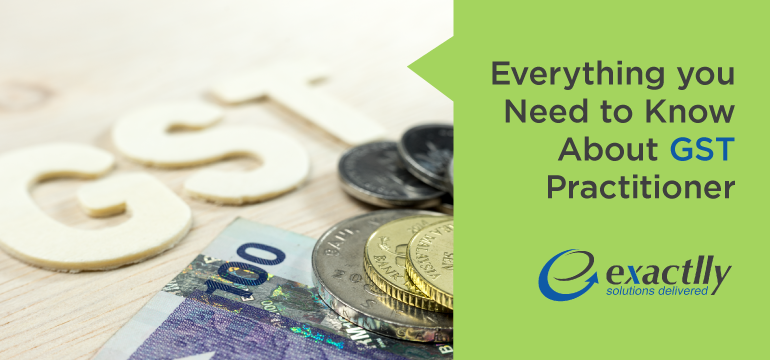Basics For Availing the GST Input Tax Credit
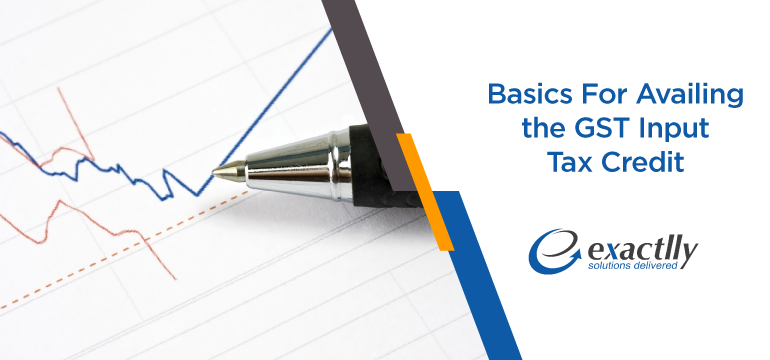
Availing the Input Tax Credit (ITC) is a boon in the GST regime. We have put together a checklist that can help you understand how to avail of this credit to the best of your benefit. Of course, you need to meet certain conditions first.
Basics For Availing the GST Input Tax Credit:
- VAT –
VAT dealers are eligible to avail of VAT credit. This can be availed on goods purchased during the course of a business even if the goods may be for resale, or further manufacturing thus in a semi-finished form. However, such purchase must only take place from dealers that are registered else, they will not be eligible for availing ITC.
- CENVAT –
A manufacturer of goods is liable to avail of CENVAT credit under the CENVAT Rules, on all goods that used both directly and indirectly in relation to manufacturing. Further, not just goods but the ITC may also be availed of services in this regard if you are a service provider providing a taxable service. In this case, ITC may be availed on the service tax that is paid for the input of services used for the provision of these taxable services.
ITC, therefore, can be used by all registered dealers to further their business and must be used during the course of the business under the GST regime. Certain conditions must be satisfied for availing of ITC. These are enumerated as follows –
- For availing ITC you must have a copy of the invoice or debit or credit note, which in turn must be issued by a registered taxable person.
- Needless to say, the goods or services must have been received, because the invoice or receipt will be issued on that basis.
- Form GSTR-3 must be filed for the particular month detailing the invoice information.
- The supplier must pay the government in cash or through ITC utilization, as tax charges pending
Under the GST regime, input tax credit can be availed by every registered taxable person on all inputs used or intended to be used in the course of or for the furtherance of business.
ITC eligibility –
These are the following ways in which one can avail of ITC under the GST regime:
- Registration –
There may be two situations that arise for applying for registration – one where you are liable to register or the other, where you voluntarily apply to be registered.
Once you become liable to register under the GST regime for availing of ITC, such ITC can be availed on inputs that may be semi-finished or finished goods. Such ITC can be availed on the date on which you are liable to pay the tax but only if you have already applied for registration within 30 days from the date on which you are liable to register, or you have already been given the registration under the law.
Additionally, there may be a situation where you have not crossed the threshold limit for registration, and want to voluntarily apply for a GST registration. In such a case as well, you can avail of ITC on inputs that may be semi-finished or finished goods
- Switching from a regular dealer to the composition scheme –
If you are a dealer registered under the composition scheme, however, your total aggregate turnover crosses the threshold of INR 50 Lakhs, then you cannot avail of the benefits under the composition scheme anymore. You must become a regular dealer, upon doing which you can avail of ITC on inputs, inputs in semi-finished goods and finished goods alike, including on capital goods used.
For example, if F&M Clothing was registered under the composition scheme however the turnover has exceeded INR 50 lakhs, it must be registered as a regular dealer.
- Exempt Goods Becoming Taxable on Notification –
Certain goods may become taxable upon notification, even though they were declared exempt from GST earlier. Before such supply becomes taxable, a registered person can avail of GST on the supply in the following manner – on the stock inputs and inputs contained in the semi-finished or finished goods, or on capital goods that are exempt to supply. Let’s take into account the following illustration –
F&M Clothing has manufactured an exempt good which is then made taxable a month later on June 5th, 2017. Until that date, F&M Clothing used Raw Material X and Raw Material Y as inputs on which the total GST payable was INR 7,200. F&M Clothing can thus avail of ITC on INR 7,200 as well as on the capital goods that were used exclusively for manufacturing such exempt supply.
- Change Of Control in the Business –
On a change of control, which may include a merger, demerger, divestment, amalgamation, lease or transfer of assets, the assets and liabilities are also transferred respectively. Additionally, there is also a transfer of any unutilized or remaining ITC.
For example, if F&M Clothing undergoes a change of control by being acquired by Lara Fashion, then all the assets and liabilities of F&M Clothing will be transferred to Lara Fashion, upon which Lara Fashion can utilize any leftover or remaining ITC of F&M Clothing.
- Goods Not Exclusively Used for the Business –
ITC cannot be availed of goods and services that are used for personal consumption or for any other purpose other than the main business. For example, if F&M Clothing purchases INR 20,000 worth of garments however the owner utilizes INR 5,000 worth of the garment for personal use, then that amount cannot be used for availing ITC and ITC shall thus be availed of on the remaining INR 15,000 only.
- Goods Partly Taxed and Partly Exempt –
In keeping with the point above, ITC can only be availed of goods and services used in making taxable supplies. Therefore, if there are some goods that are partly taxable and partly exempt, then the ITC can only be availed on the portion that is taxable. Therefore, ITC cannot be availed of goods and services where the receiver pays tax on a reverse charge basis.
Exceptions to the Rule –
- Installments –
In the event that goods or services are being received in installments and not in bulk, then ITC can only be availed on the last lot of such installment received, and not on the entire supply. For example, as a clothes manufacturer and dealer F&M Clothing purchases 100 garments from another manufacturer at INR 2,000 each and the manufacturer states that he will send the quantity by way of two installments of 50 garments each for two months, every month on the 7th. Then the inward supply register of F&M Clothing will record the supply received in two installments, one on 7th June and the second on 7th July. Therefore, ITC can only be availed first on the first installment for June and then on the second installment for July.
- ITC on certain items –
On pipelines and telecommunication towers, dealers can avail of ITC in the following manner only:
- 1/3 of the total input tax – availed in the financial year when the pipeline or telecom tower is received;
- 2/3 of the total input tax and credit from the previous financial year – to be availed in the succeeding year;
- Remaining ITC – to be availed in any subsequent financial year

